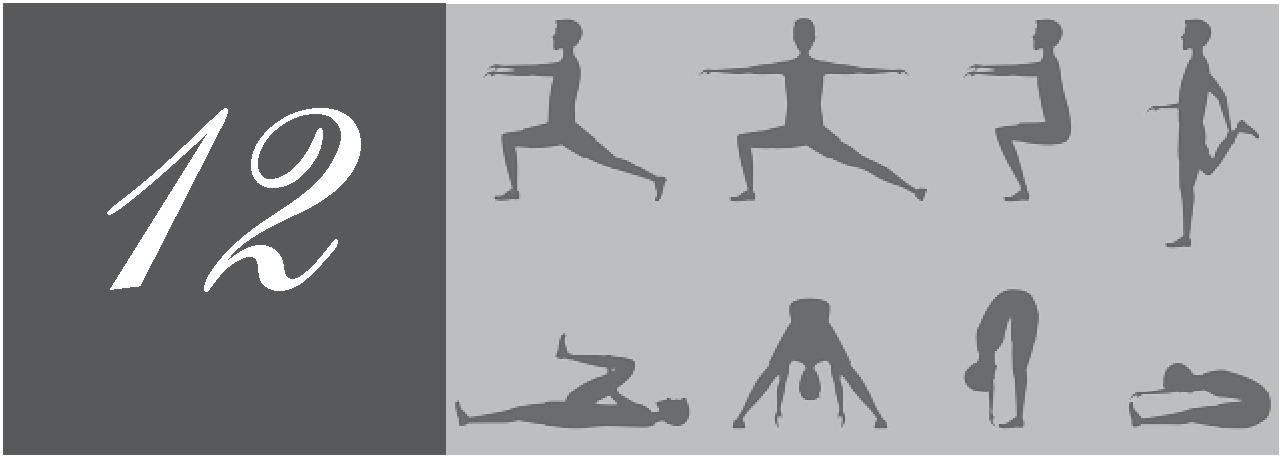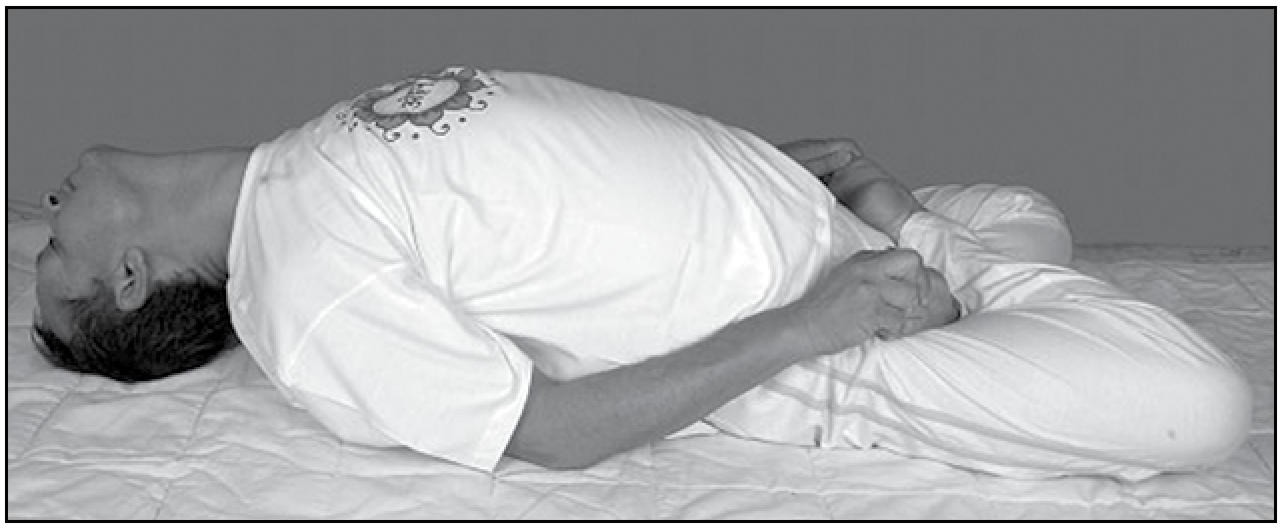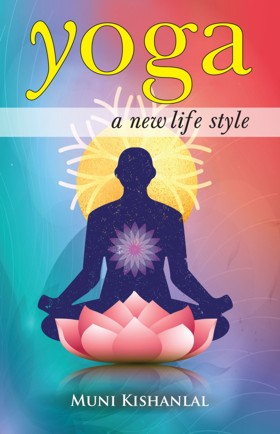
It is opinion of the Yogacharyas that Matsyasana must be performed after Sarvangasan and Halasana. Since shape of the body resembles a fish hence this asana is called Matsyasana. If this asana is performed under water, then a person can swim exactly like a fish. Nose remains out of the water so normal breathing is possible and there is no fear of being drowned. In this posture, a person can swim for hours.

Matsyasana (Fish Posture)
Method
This asana is also performed lying down. If a person is a proficient swimmer and becomes a perfect practitioner, then asana can be assumed directly in water.
Duration
Even though Matsyasana is practiced after Sarvangasana and Halasana, it is an asana that is a complete opposite to both of them. It is said by Yogacharyas that total benefit of Sarvangasana is derived only after practice of Matsyasana. Initially practice this asana for half a minute only. You can slowly increase time span. The maximum time given for this practice should be half of that of Sarvangasana. Breathing must be deep during practice of this asana. One can also practice alternate breathing (anulom and vilom) during practice. Remember that there should be a gap of 5 seconds between both anulom and vilom. Breath can be held before or after inhalation and exhalation. With practice of this pranayam neurons are activated and digestion power increases.
Precaution
- Avoid this asana in cases of serious lower back or neck injury
- According to Yoga guru Kevin, patients with cervical pain must perform this asana slowly.
Effect on Health
This is said to be asana that impacts spine the most. Though it appears to be a simple asana, it has incorporated many benefits within itself. This asana helps those who suffer from disorders of the vertebrae and plays a very important role in maintaining spinal health and flexibility. As it had been mentioned earlier that this asana should be practiced after Halasana because in Halasana spine bends forward and in Matsyasana it bends backwards thus maintaining a balance and saving practitioner from disorders of shoulders and neck. It strengthens shoulders and makes them look solid and square. Pressure on stomach keeps all abdominal organs healthy. Adequate secretion of digestive juices keeps digestive system in good condition. The pancreas remains healthy and diabetics also experience relief.
Due to the Padmasana the seminal vesicles are effected which in turn help to cure premature ejaculation and spermatorrhoea. Face glows, chest is broadened and lung capacity increases. Pressure on the Thyroid and the Parathyroid Glands keep body balanced.
This asana also influences the gonads, the adrenal, thymus, pituitary and hypothalamus glands. The secretions and the functions of these glands are balanced which in turn relieves stress and increases work efficiency. This asana is also very effective for spine.
Other Benefits
With practice ofthis asana, favourable results have been seen in patients of Asthma and other respiratory diseases. As neck is bent backwards, blood circulation is towards brain which enhances memory power and concentration. Muscular strength is enhanced and asana aids in assuming and maintaining of celibacy.
 Muni Kishan Lal
Muni Kishan Lal
